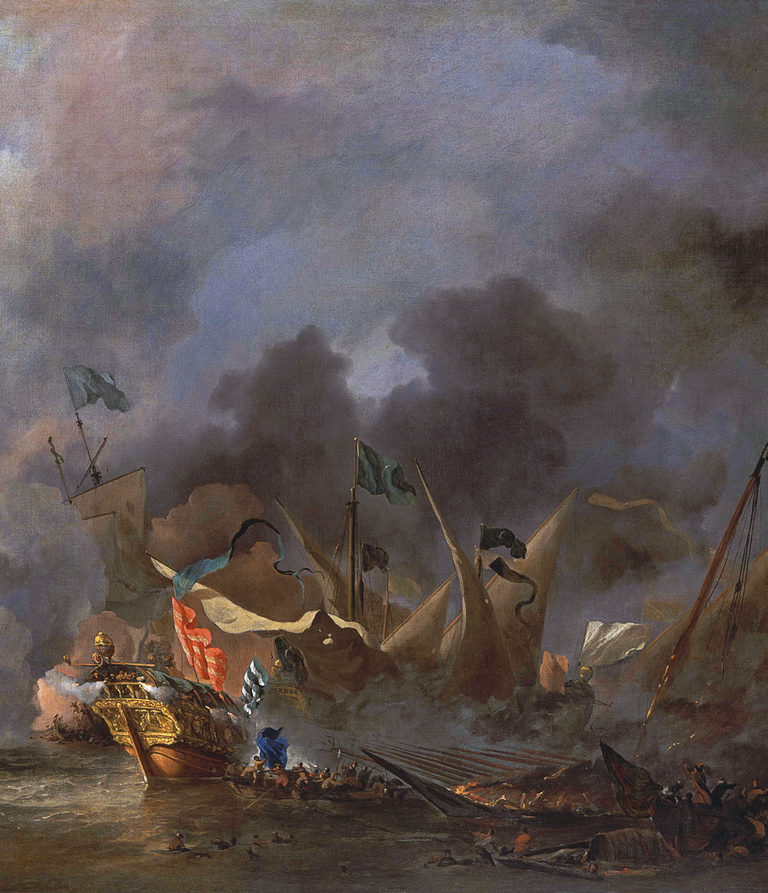
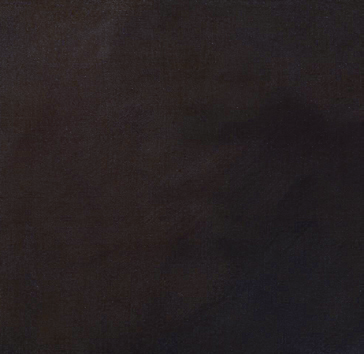
CTh e Moroccans had recently conducted a campaign to drive the Portuguese from their kingdom, and by 1578, they had control of several northwest African ports. In 1609, King Phillip III of Spain ordered the expulsion of some 300,000 Moriscos —descendants of Muslims forcibly con- verted to Christianity during the Reconquista. Many of them had continued to practice Islam secretly, and they sometimes guided or provided intelligence to the Barbary corsairs. Seeing them as a threat, the Spanish crown expelled them as a group. Some 13,000 of those exiles settled at the mouth of the Bou Regreg River in Morocco in the twin cities of Salé and New Salé (Rabat). The arrival of the Moriscos turned privateering into that region’s main business. Seeing it as a means of revenge against the Christians, as well as a highly profi table enterprise, the Moriscos began fi nancing local corsairs who became known as the “Salé Rovers.” Another factor facilitating Rover raids of the British Isles was that several former English and Dutch privateers went renegade after the 1604 peace between Spain and England. Th ey took to piracy out of poverty or because they were bored
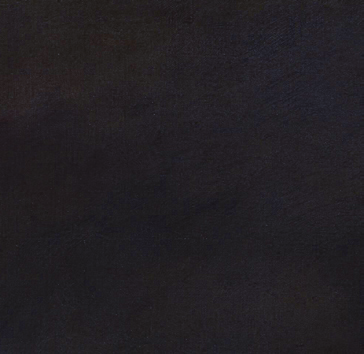
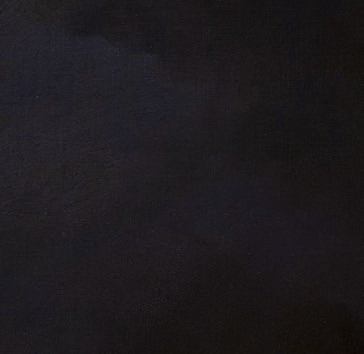
ONSIDERED BY CHRISTIANS TO BE NOTHING more than pirates, the marauding seafarers of the Barbary Coast described themselves as “privateers” or “corsairs”(from Latin cursarius , mean- ing to raid or plunder). That is, some nation gave them what amounted to a license (aka a letter of marque) to operate a private warship against its enemies. When such privateers captured a ship, they could keep it, its cargo and, in the case of the Barbary corsairs, the crew as well—to be sold as slaves. Th e license-granting govern- ment would be given a percentage of the overall take. Such arrangements were considered legitimate only when the issuing nation was at war and only covered attacks on ships of enemy nations named in the letters. However, the Barbary corsairs—sailing mainly from Salé, Tunis, Algiers and Tripoli—considered the centuries- long struggle against Christian Europe an endless war. By 1600, all the Barbary states except Morocco (Tunis, Tripoli and Algiers) were nominally under the control of the Ottomans, but in actuality, they were self-governing.

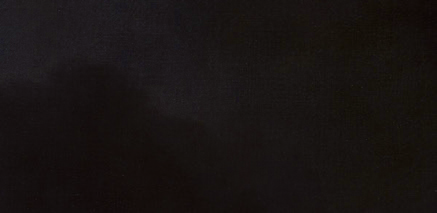
An action between an English ship and Barbary Corsairs, oil on canvas by Willem van de Velde the Younger, 1678.
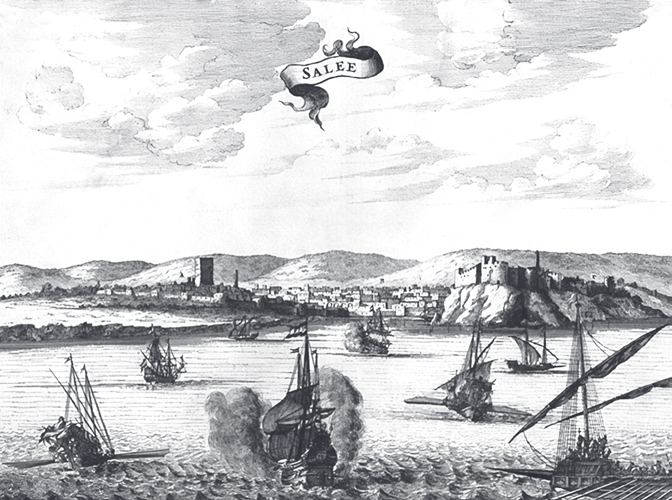
showing Salé and New Salé. LEFT: An English engraving made in 1658
Francesco Mola in 1650. RIGHT: A Barbary pirate, as painted by Pier
James ordered them to sail the western Mediterranean in search of “any pirates of what nation soever they be.” They were also to go to Algiers and demand they hand over all English sub- jects, “be they slaves, renegades or free men.” Finally, Mansell was to demand compensation for all the English ves- sels taken by the corsairs during the previous five years. If he was denied, he was to destroy the Algerine fleet. The squadron fruitlessly cruised the western Mediterranean for two weeks, finding not one pirate. When Mansell then went to Algiers, he attempted negotiations with Ottoman Viceroy Kassan Qaid Kussa, who delayed and obfuscated. Meanwhile, several corsairs with captured ships, including two English vessels, sailed into the port. However, Mansell could do nothing. His squad- ron was too weak to storm the port or attack ships inside the harbor and too few to mount a blockade. After 10 days, he sailed for home, and his failure encouraged the pirates to go on attacking English ships. By 1625 there were some 20 pirate vessels always lurking around the British Isles. They captured ships off Ragusa
with the new peace. Some also convert- ed to Islam, called “taking the turban.” In 1619 (some sources say 1624), the cities of Salé and New Salé, with the support of their corsair captains, declared independence from the Moroccan Sultanate, creating the “Republic of Salé.” Their governing council elected Dutch renegade Jaz Janzoon (aka Murad Reis) as their “grand admiral.” As such, he did not have the authority to command the corsairs as a fleet; rather, he was harbor master, chief customs official and tax collector. Additionally, all the corsair captains had to get a letter of marque from his office before sailing.
Atlantic Raids Between 1609 and 1616 some 475 English vessels were seized by Barbary corsairs. In 1616, there were no fewer than 30 of their ships operating in the North Atlantic, and one was even captured in the Thames Estuary. The problem grew so bad that, in 1620, England’s King James I ordered a punitive expedition against the pirates, specifically targeting Algiers. He raised 40,000 pounds through subscription to outfit it and appointed Sir Robert Mansell its commander. There were 18 vessels in the resultant squadron: six warships, 10 armed merchant- men, a supply ship and a pinnace.
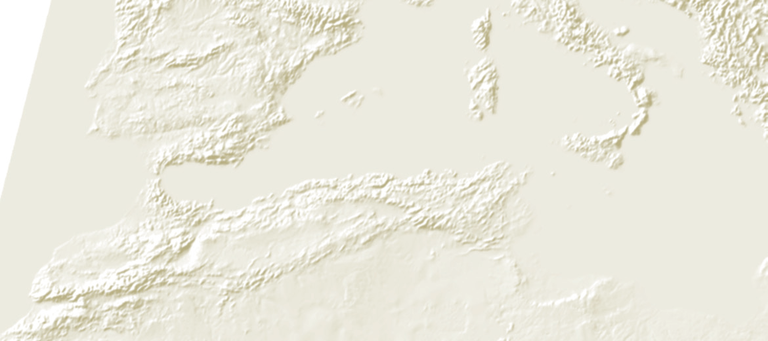
The Barbary Coast During the First Half of the 17 Century
Rome
Madrid
Barcelona Balearic Sea Valencia
Naples Tyrrhenian
Taranto
SPAIN
Sardinia
s B a l e a r i c I s l e Cartagena Algiers
Cagliari
Seaa
Sevilla
Andalusia
M E D I T E R R A N E A N S E A